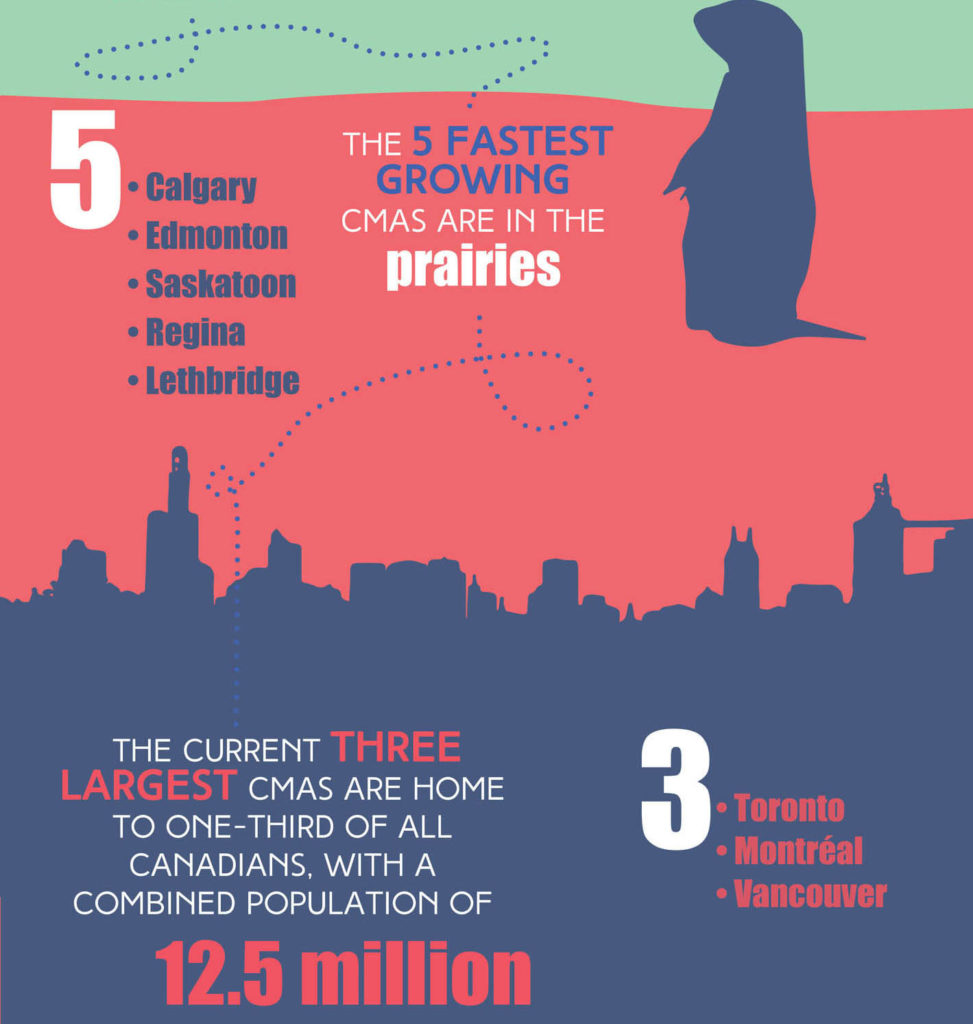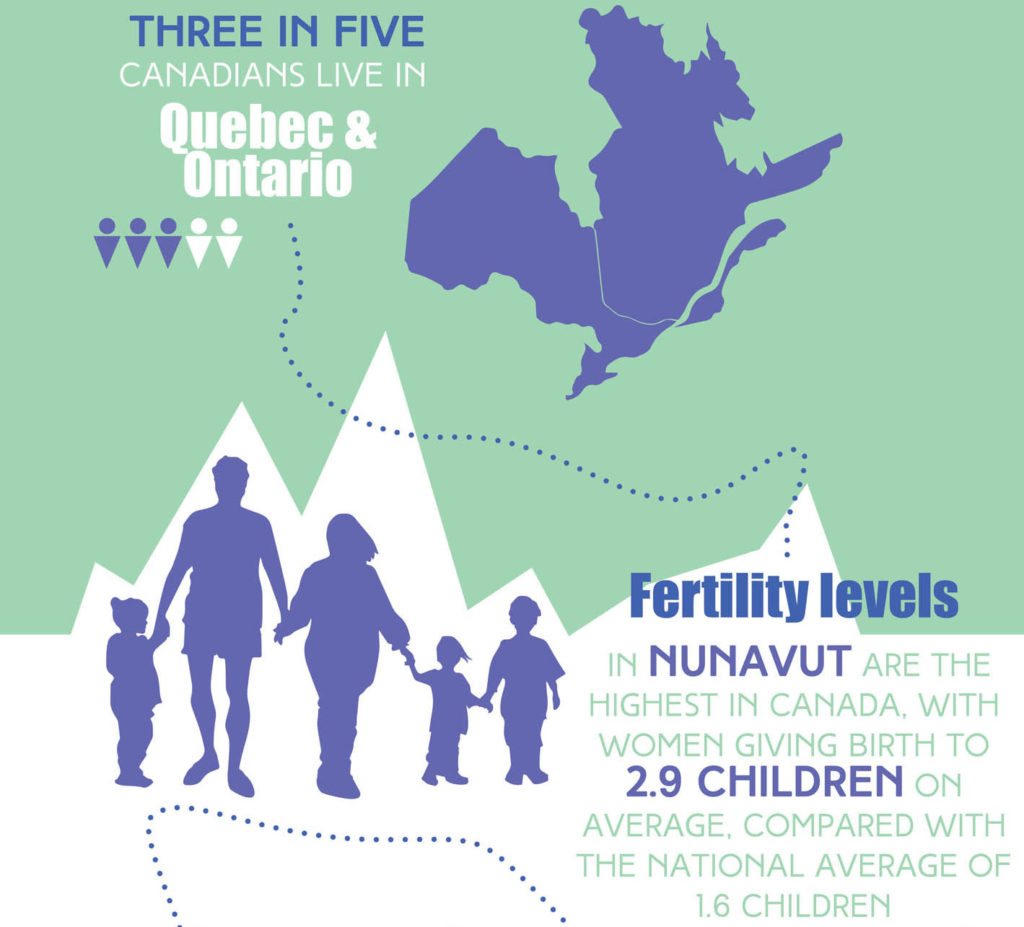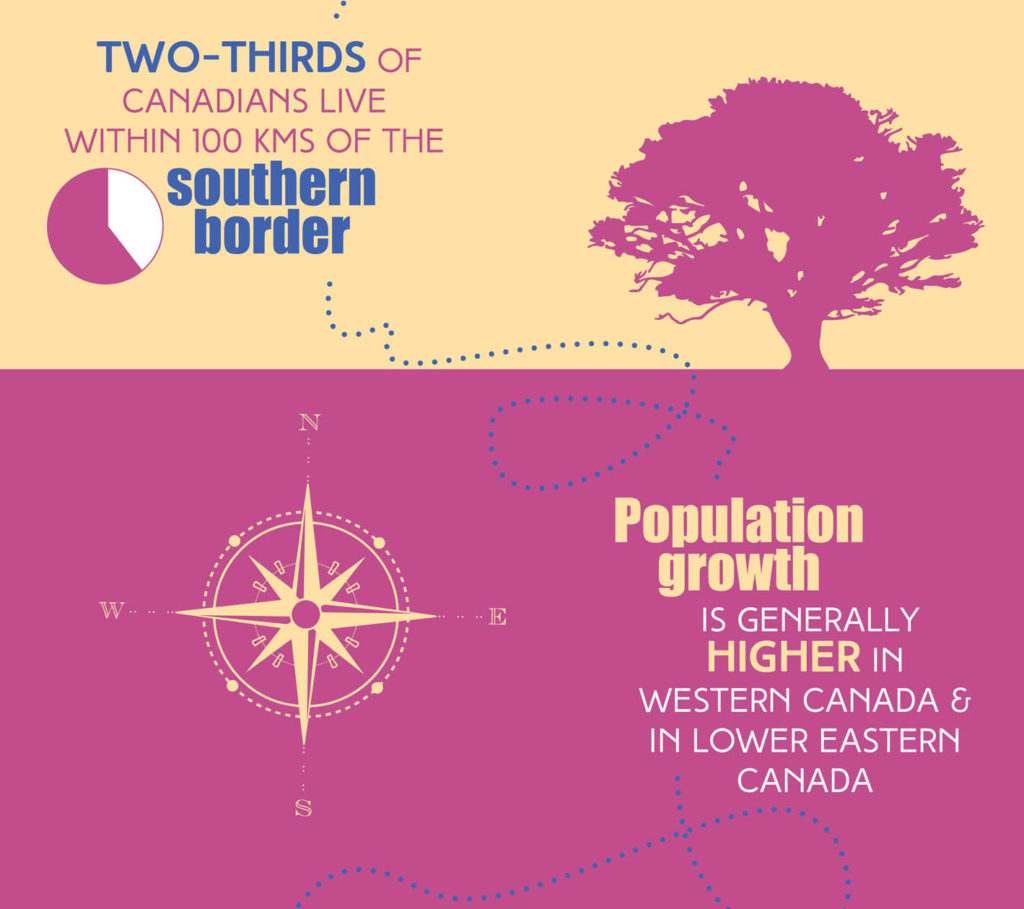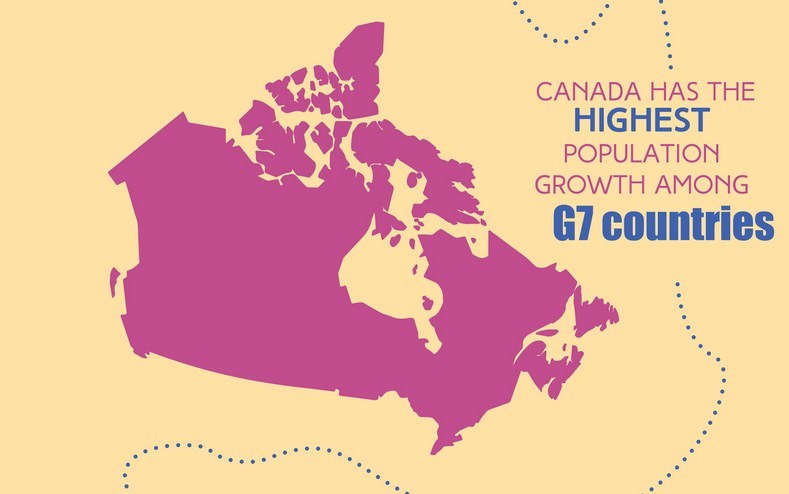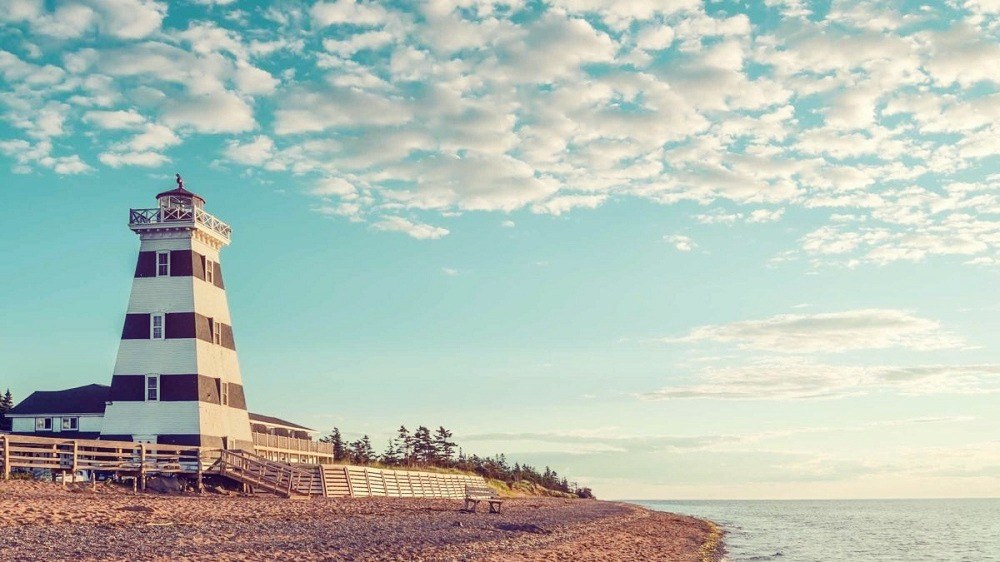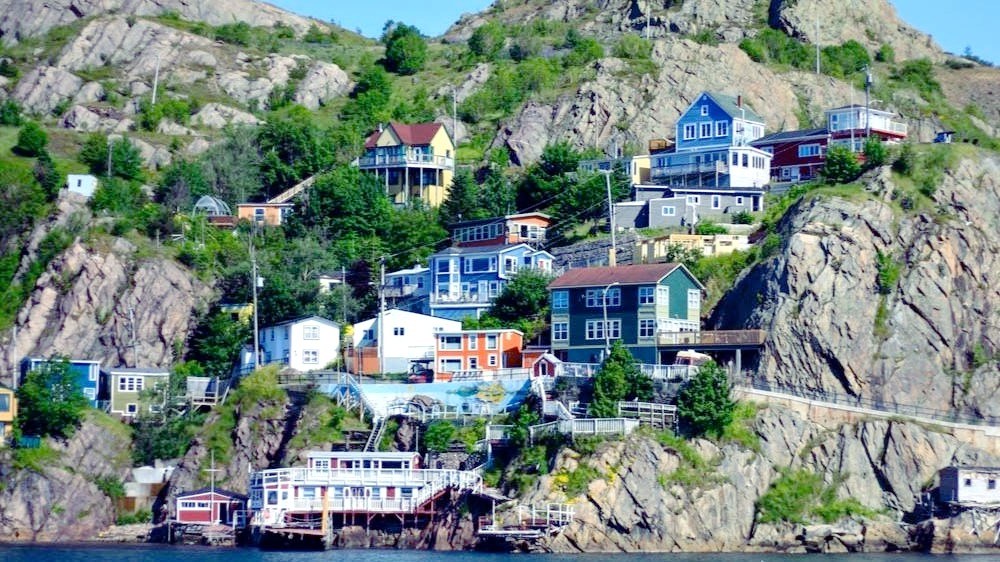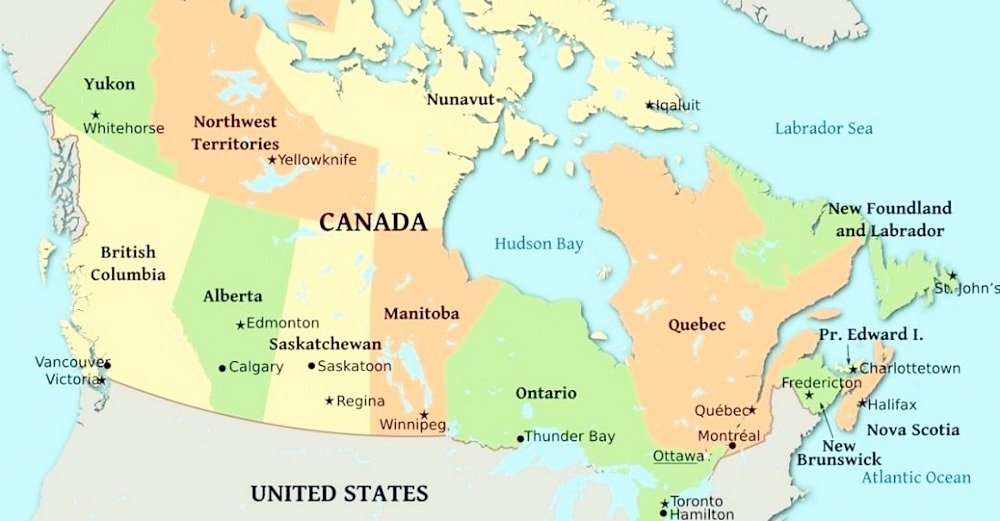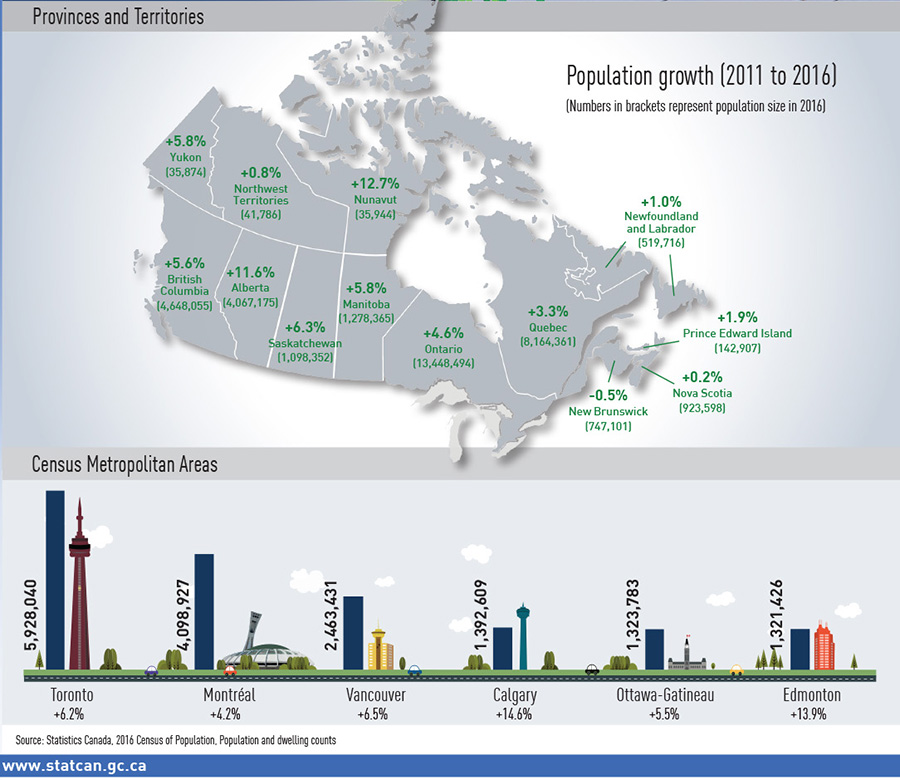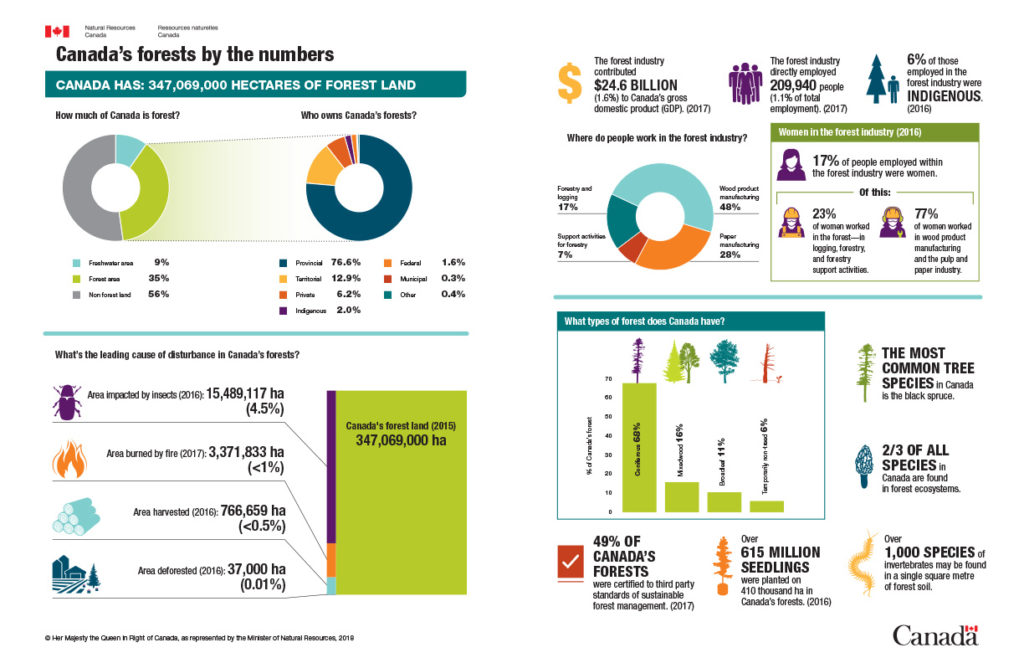Canada is a country that rings so much in our ears; it is not only because of the beauty of the country but also because of the rich natural heritage it possesses. Canada is one place you would love to visit as there are lots of tourists’ attractions and fun spots that would make you wish for more.
If you know very little about Canada or need to refresh your memory on what you used to know, then this is the right place. We will be doing a quick breakdown of the most important things you need to learn about Canada both as a citizen or as a visitor, remember that no knowledge is a waste.
As a rule of thumb, it is imperative we start with the most interesting and sought after details of Canada before we proceed to the fun facts, so here goes.
The country Canada can be found in the North American continent and has Ottawa as its capital. As of 2019, the total population of Canada estimates to over 37 million, and the people that make up this population are a mix of different people, the case has been this way for a very long time even before colonization. So what we have as Canada today, started from a very long time ago, as long ago as the 16th century. Upon arriving at Canada, the first thing you might notice is the settlement pattern. The citizens settle amongst the cities that are moderately-sized as well as large, and this is because Canada is majorly dominated by forests and tundra.
Notwithstanding, Canada still holds the record at second place for the countries with the largest total area, having a total of 9,984,670 square kilometers.
The first thing we will be talking about is the fact that Canada shares its southern border with the United State, having a length of 8,890 kilometers, and it has been recorded to be the longest dual-national border in the history of land borders.
Another fascinating fact that you should know about Canada is that the number of lakes which make up over seven percent of its landmass is two million. Many of these lakes also hold world records, some are the deepest, while others are the longest.
Let’s delve a little into the provinces of Canada, shall we? In total, Canada has three territories and ten regions. The list of regions in no particular order is The Nunavut territory, The Northwest Territories and the Yukon Territory. Provinces are Newfoundland and Labrador, Nova Scotia, Alberta, British Columbia, New Brunswick, Prince Edward Island, Manitoba, Quebec, Saskatchewan, and Ontario (This province is also regarded Canada’s economic city).
Speaking in terms of atmospheric conditions, Canada has four distinct climatic conditions; winter, spring, summer, and fall.
In conclusion, Canada is a charming place to be; we hope you can feel it too. We have provided you with the necessary information you need to know about this fantastic country. Read our other articles to find out even more about Canada.
